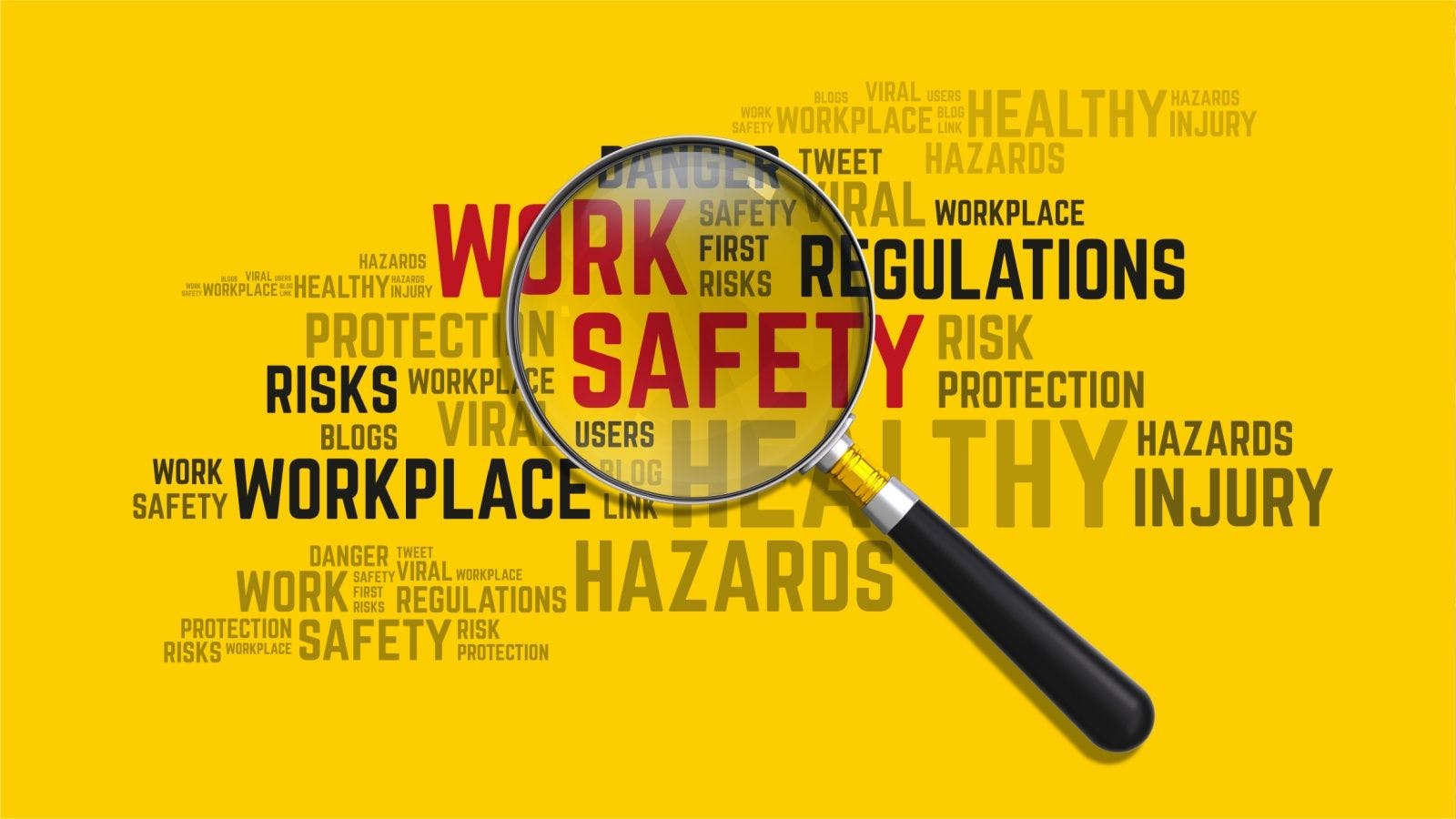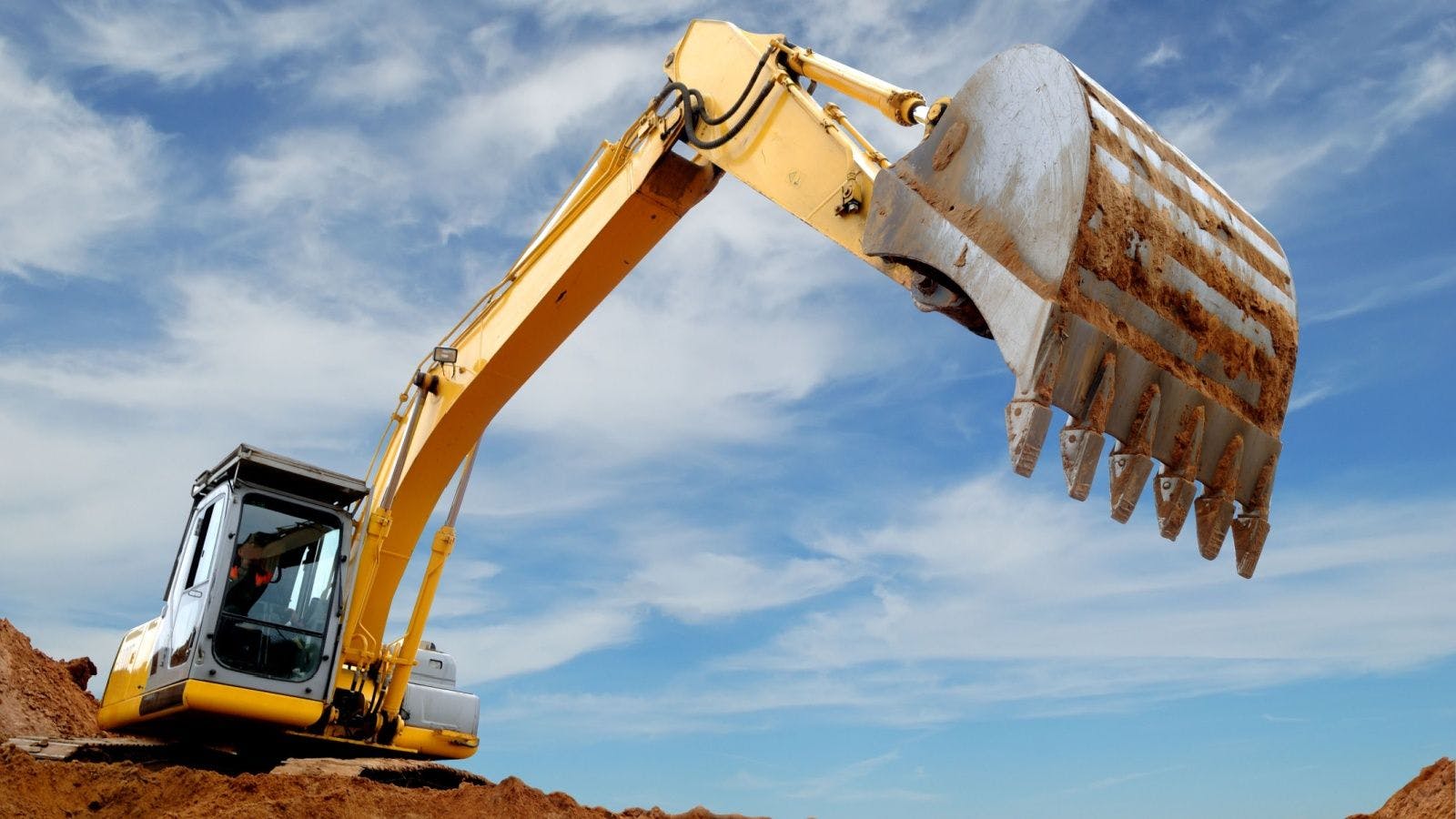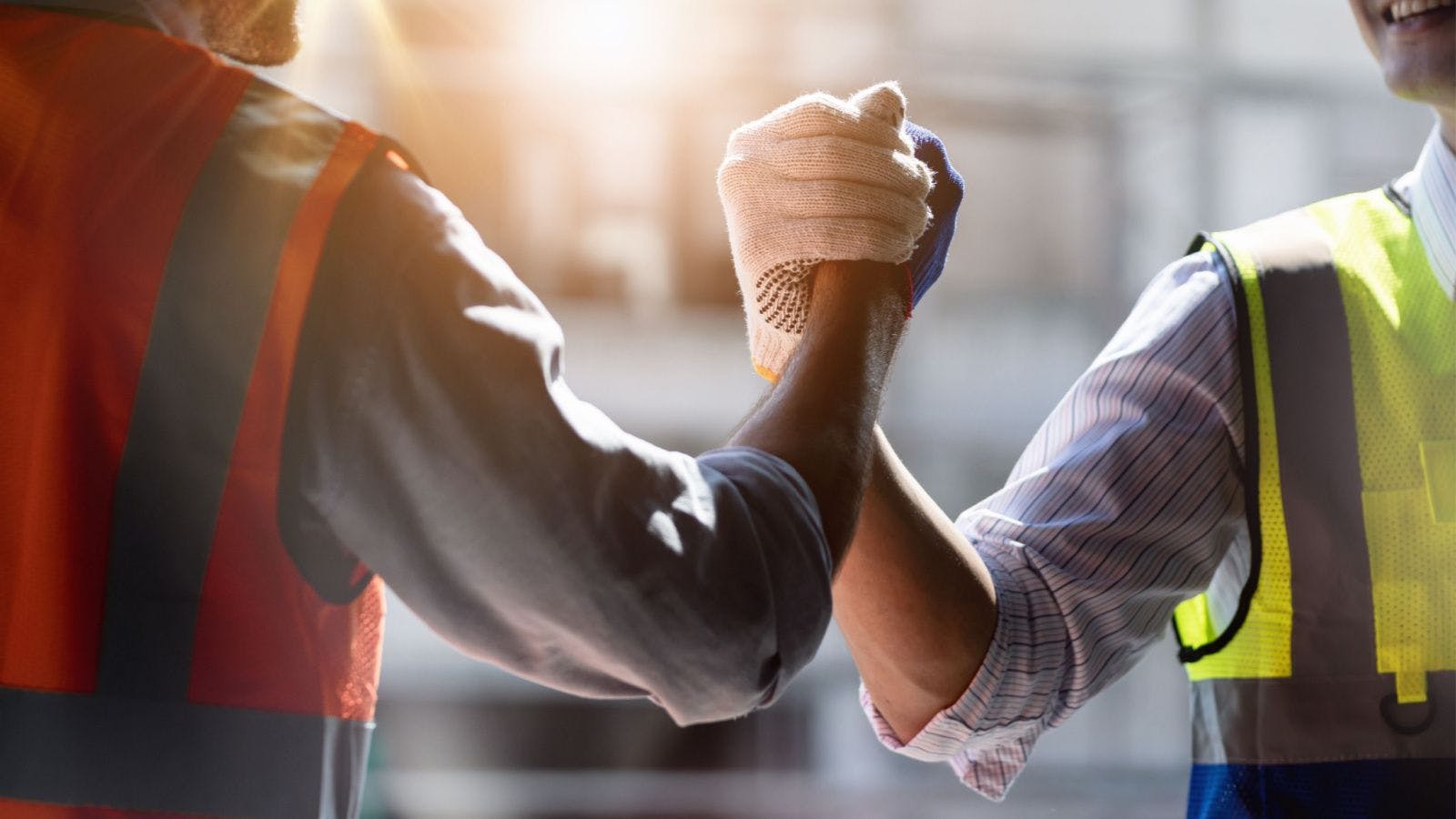
The Visitor Playbook for Contractors
Between a fear of introducing COVID-19 onto a jobsite and the difficult task of determining protections for workers, many contractors understandably feel uneasy about the idea of allowing visitors onto their worksites.
Thanks to the federal and state Occupational Safety and Health Administration, there are regulations already in place to help construction businesses provide a safety and healthy workplace. In some instances, states like California, Nevada, Minnesota and Oregon have their own requirements for establishing and implementing safety programs to protect employees from worksite hazards, including infectious diseases.
As the construction industry moves forward, a healthy dose of caution is valuable given the combination of an ever-changing landscape and the variety in hygiene measures each visitor takes prior to arriving at jobsites. However, with thoughtful precautions, open communication and an emphasis on safety, contractors can get back to welcoming the suppliers who are crucial to their operations.
Establishing supplier guidelines
Vendors and suppliers are needed for each jobsite project. But with several operations happening at the same time, space can be limited and overlapping work zones may coincide between employees and business partners. This is especially true of construction operations that take place indoors, which qualifies as a high-risk exposure according to OSHA. To reduce risks of exposure and allow proper social distancing, it’s important to develop a program identifying:
- a pre-screening questionnaire for employees and suppliers to fill out, which includes questions regarding travel or recent symptoms;
- a schedule for staggered shifts and job duties, including breaks and lunch times, to reduce population density in the same area at the same time;
- a superintendent or team leader who’ll evaluate and report on daily tasks, supplier arrivals, job priorities and ways to integrate social distancing and personal protective equipment (PPE); and
- a protocol for employees and visitors who show or report symptoms.
Due to the potential of employees or visitors testing positive after leaving a job site, contractors should consider maintaining a record of who’s visited. This list can help streamline communication and help teams notify anyone who may have encountered individuals who test positive later. If this approach is applied, avoid revealing the person’s name or other identifying information for confidentiality purposes.
Determining visitor warning signs
Each contractor must decide how to verify whether visitors are showing symptoms or safe to arrive onsite. Some contractors now ask visitors to call before they arrive, which gives staff the opportunity to ask questions related to COVID-19 over the phone and deny entry if there are concerns. Once a visitor is approved, many businesses have opted to add a final layer of security by using a non-contact thermometer to measure any warning signs of a fever.
With the rising access of technology, other contractors have included a questionnaire as part of their pre-screening process, which visitors can complete and return online prior to meetings. Questions can include:
- Do you have a fever, or have you felt a fever recently?
- Do you have a cough or shortness of breath?
- Have you, or anyone in your household, been in proximity of an individual who has tested positive for COVID-19?
- Have you traveled anywhere outside of your community in the past two weeks? If yes, please note the destinations you’ve traveled to.
There are also phone apps that employees and visitors can download and fill out before leaving home. Those results can be checked immediately by someone who can address any concerns and provide an approval or denial—minimizing contact with staff who may check visitors in.
Deciding on required safeguards
Once a visitor is approved to visit in person, additional hygiene precautions should be considered to keep the job site free of hazards. Medical experts recommend social distancing and proper personal hygiene to avoid spreading COVID-19. However, in the construction industry, it can be difficult to maintain a six-foot separation depending on circumstances, especially if indoor work with others is required.
It’s best if safety teams or leadership set a specific plan for disinfecting facilities and providing masks, hand sanitizers and proper distance to visitors. It’s also important to implement a program for operations, including:
- providing written COVID-19 policies and procedures that apply to an employee’s duties;
- asking delivery drivers to stay in their vehicles;
- sending employees with symptoms home or to medical care when needed;
- disinfecting shared equipment and tools on arrival or when the original operator changes shifts; and
- establishing procedures to notify local health officials if someone has a COVID-19 infection and determine an updated course of action.
COVID-19 has affected almost every construction operation, from visitor interactions to increased hygiene measures—and it’s possible new updates may be added to the current set of recommendations. Due to this changing environment, it’s best to refer to local or legal experts before implementing these and other tips into safety plans. Remember, a few safety precautions now can have huge payoffs down the road.
Related stories








